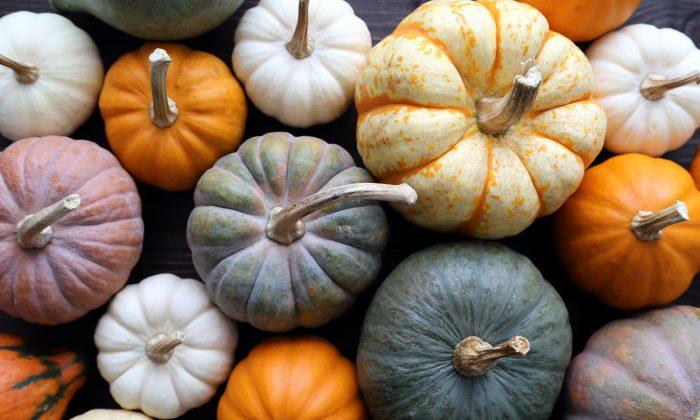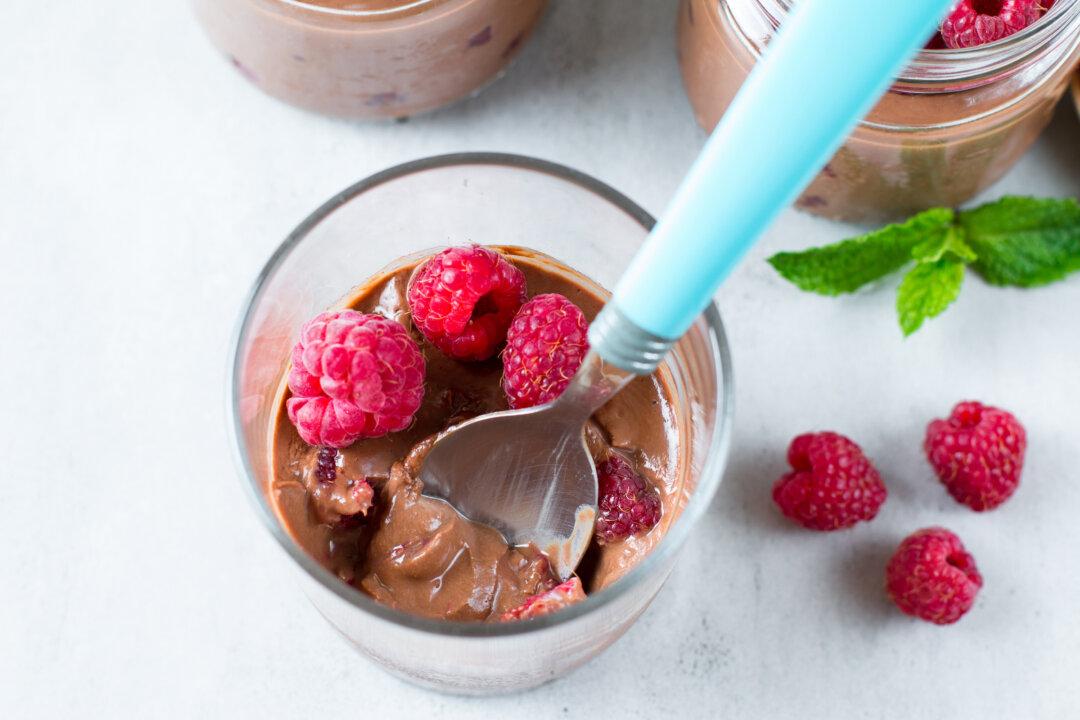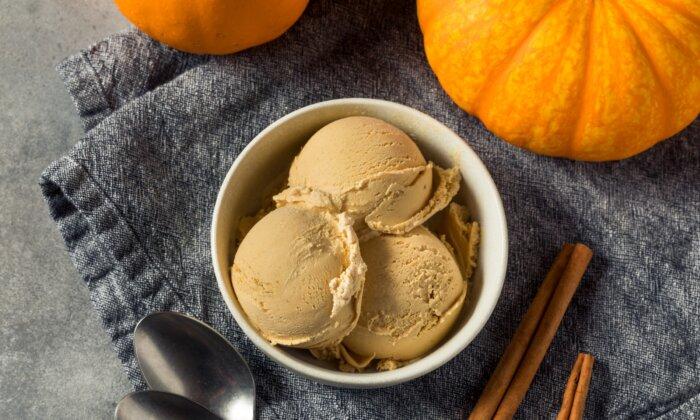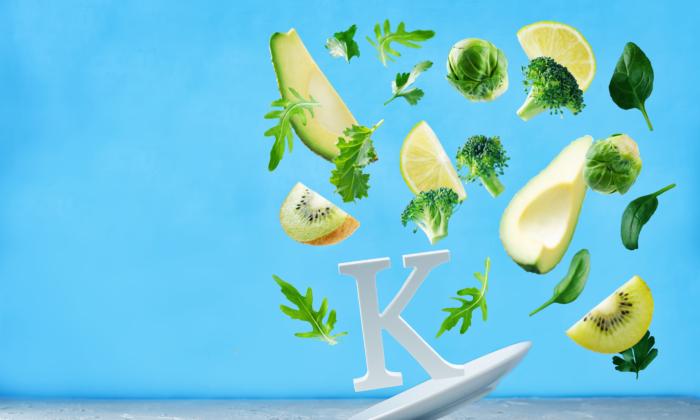Enjoy the health benefits of pumpkin just like our forefathers before us. Native American Indians used pumpkin as a healthy staple in their diets for centuries before the pilgrims landed. Pumpkins continued to be an important crop for the pilgrims because they stored well and provided a nutritious food source during the winter months.
Today, pumpkin flavoring is in everything from candy and coffee to ice cream and doughnuts. Don’t be fooled by this; pumpkins and their seeds are nutrient-dense foods that score high on the Aggregate Nutrient Density Index (ANDI).
Pumpkins Contain Carotenoids Important for Immune Function
Pumpkins and related squashes are good sources of beta-carotene, alpha-carotene, lutein, and zeaxanthin, antioxidants belonging to a group of pigments called carotenoids.
- Carotenoids defend the body’s tissues against oxidative damage, helping to prevent chronic diseases and premature aging.
- Lutein and zeaxanthin are the only known carotenoids located in the human retina. They help protect the eye from damage and improve several aspects of visual performance.

Pumpkin Is a Versatile Food
Pumpkin makes a great pie but, don’t stop there. Pumpkin puree can be stirred into soups, stews or chilis. You can whip up a pumpkin smoothie by blending pumpkin puree with a banana, spinach or romaine lettuce, a few dates, some non-diary milk and cinnamon and nutmeg. I recommend cooking your own pumpkin puree or using the puree packed in non-BPA containing cartons.
Easy Pumpkin Puree
Tip: Choose the lighter colored “pie pumpkins” or “sugar pumpkins,” they are sweeter and less watery than the orange jack-o'-lantern pumpkins.
- Cut the top from the pumpkin and scrape out the stringy membranes and seeds.
- Cut the pumpkin into large pieces and place in a roasting pan.
- Pour ½ cup water into the bottom of the pan and cover with foil.
- Bake 45-60 minutes or until pumpkin is soft and easily pierced with a fork.
- Scrape the soft pulp from the skin into a food processor or blender and puree.
- Leftover pumpkin puree may be frozen in an airtight container for up to 12 months.

Pumpkin Seeds Are Super Foods
When preparing pumpkin puree or carving a jack-o'-lantern, don’t throw away the seeds. Pumpkin seeds, also known as pepitas, are not only flavorful, they are a super food. Pumpkin seeds are a good source of:
- Omega-3 fatty acids
- Phytochemicals
- Zinc, calcium and iron
Roast Pumpkin Seeds
- Rinse seeds under cold water and pick out the pulp and strings.
- Place seeds in a single layer on a non-stick baking sheet and, if desired, sprinkle with your choice of no-salt seasonings.
- Bake at 225 degrees F. until lightly toasted, about 45 minutes, checking and stirring frequently.
- Sprinkle on salads, mix into healthy baked recipes or use as a topping for soups and entrees.
- Enjoy the delicious flavors and health benefits of fresh pumpkins, pumpkin seeds and other winter squashes, and ignore those SAD pumpkin-flavored fake foods.
Joel Fuhrman, M.D., is a board-certified family physician, best-selling author, and nutritional researcher specializing in preventing and reversing disease through nutritional and natural methods. This article was originally published on: DrFuhrman.com







Friends Read Free